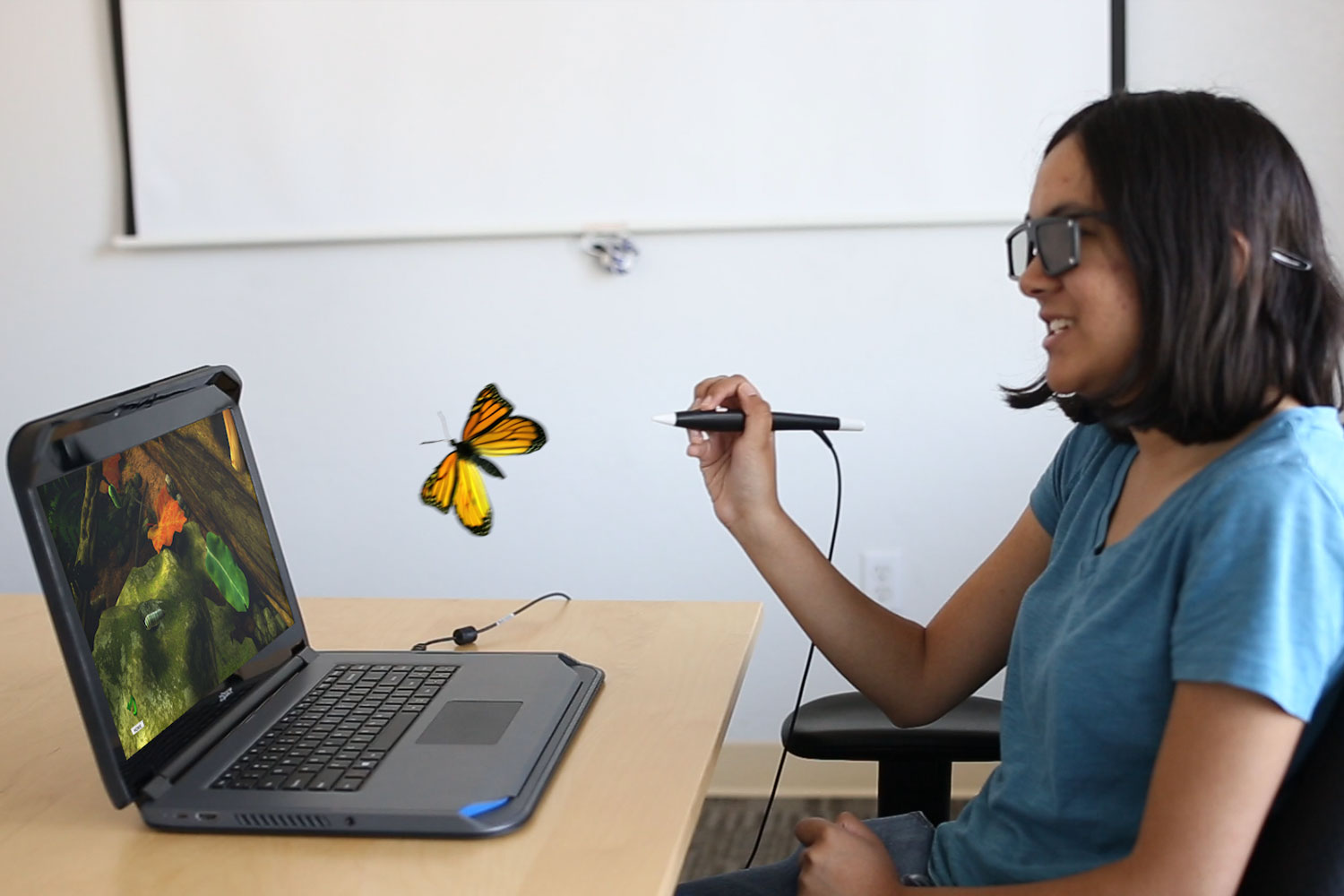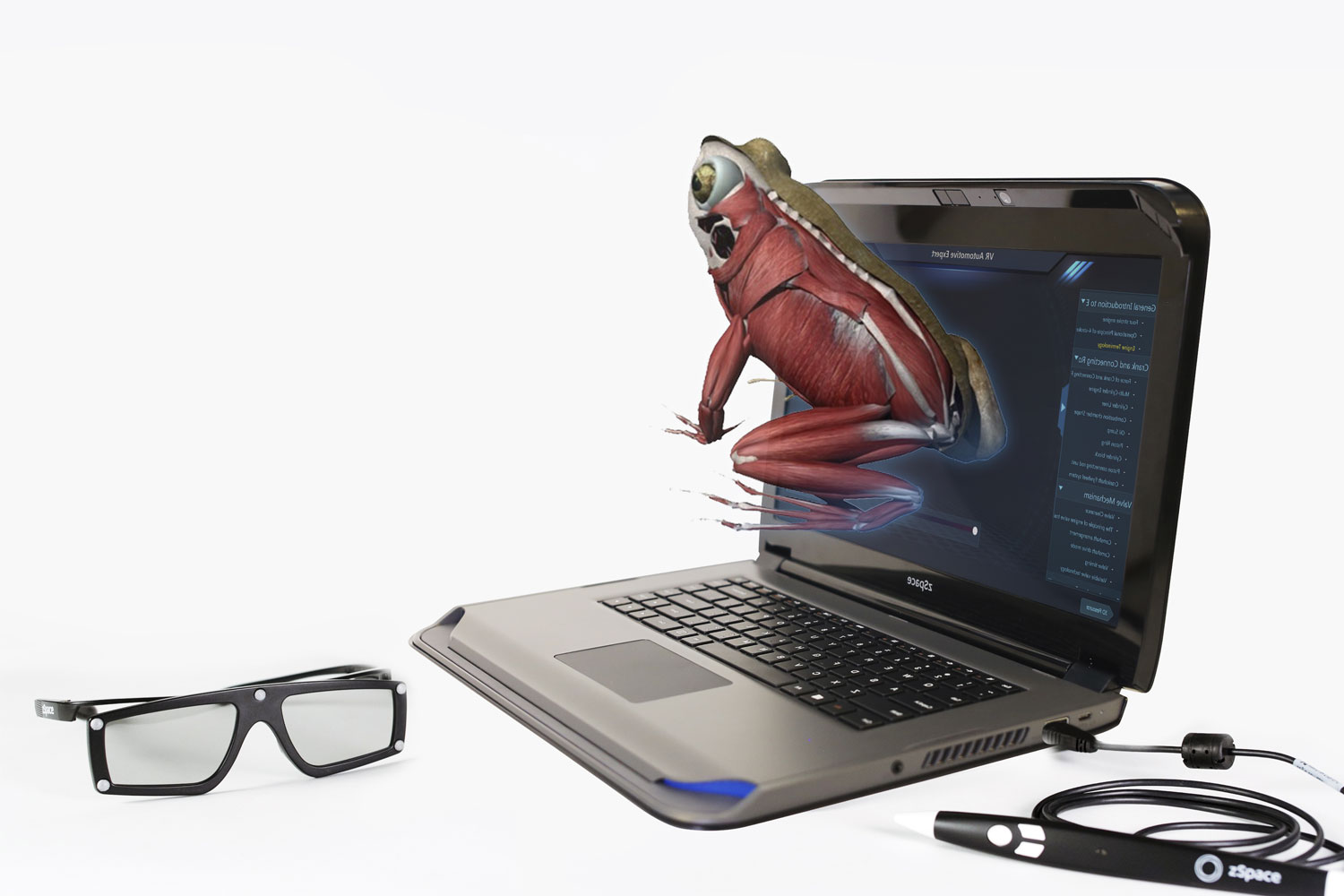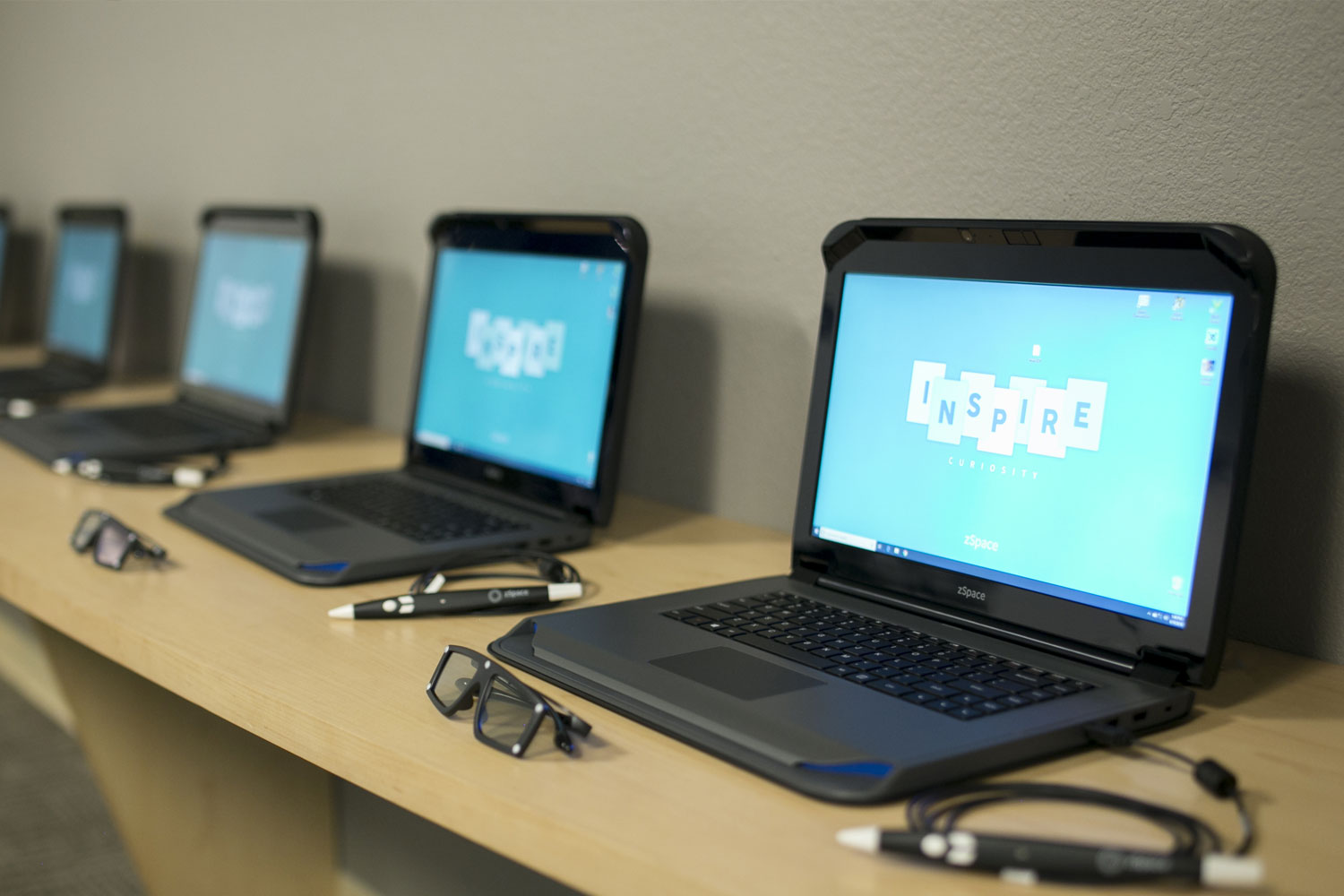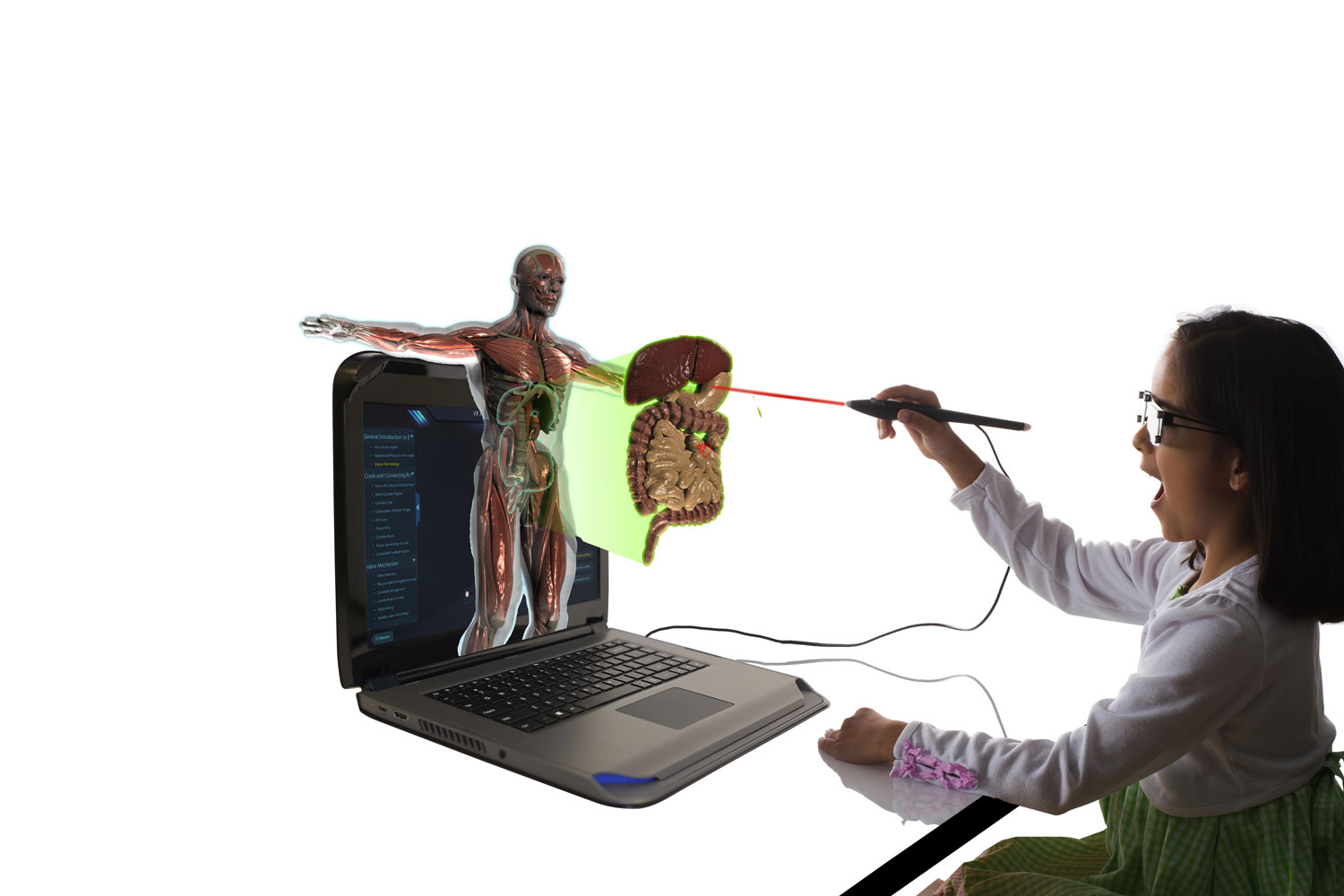Mixed reality technology often requires an additional headset and either a compatible smartphone or a powerful PC to run it. The ZSpace laptop, aimed at students, educators, and healthcare providers, brings augmented and virtual reality to the user through a mix of specialized 3D screen technology and lightweight glasses, making mixed reality content more accessible.
The ZSpace laptop is designed to be an all-in-one solution for schools and training firms to give full and easy access to mixed reality content. It combines a reasonably powerful laptop with specialized screen technology, head tracking glasses, and bespoke software to craft capable and broad mixed reality experiences.
Under the hood, the ZSpace laptop offers a dual-core AMD APU A9-9420. That is a far cry from the performance offered by modern Ryzen APUs, but it’s not a bad starting point for an education-focused machine. It’s combined with 8GB of DDR4 memory and a 256GB SSD for snappy operation. The graphics chip is the one nestled within the APU and it’s based on AMD’s Radeon R5 technology.
The specialized screen is a 15.6-inch display with a 1080p resolution. When paired with the circular polarized viewing glasses, however, it provides three-dimensional viewing capabilities with no additional hardware requirements. It runs Windows 10 and has a variety of connectors, including a pair of USB-A 3.0 ports, an HDMI output, a single USB-C port for charging and data, a stylus input port, and a Kensington security slot.
The ZSpace laptop is able to draw on the already established software that was created specifically with this hardware in mind. There are applications targeting physics, biology, artistic endeavors, and programming. Outside of the education space, there are software suites for handling medical imaging, training tools for welding and veterinary practices, and 3D modeling applications. All of them make use of a dimension beyond the typical two offered by static screens.
The glasses track the user, too, so the orientation of the 3D objects will look correct from a variety of angles. A stylus provides additional input options. With six degrees of freedom, users can rotate, tilt, or tap objects to manipulate them within the 3D space.
If schools prefer more static solutions to the ZSpace idea, there is an all-in-one option available, with comparable hardware and software options.
The ZSpace laptop is available for educators and training organizations to buy right now. ZSpace urges interested parties to reach out to discuss pricing. We have asked for clarification on the ballpark cost of individual laptops and will update this piece when we hear back.
Editors' Recommendations
- 4 CPUs you should buy instead of the Ryzen 7 7800X3D
- These are all the must-try apps for your Meta Quest 3
- A cheaper version of the Meta Quest 3 now seems more likely than ever
- Nice try, Intel, but AMD 3D V-Cache chips still win
- Glasses-free 3D gaming can be amazing — but only if it’s done right









